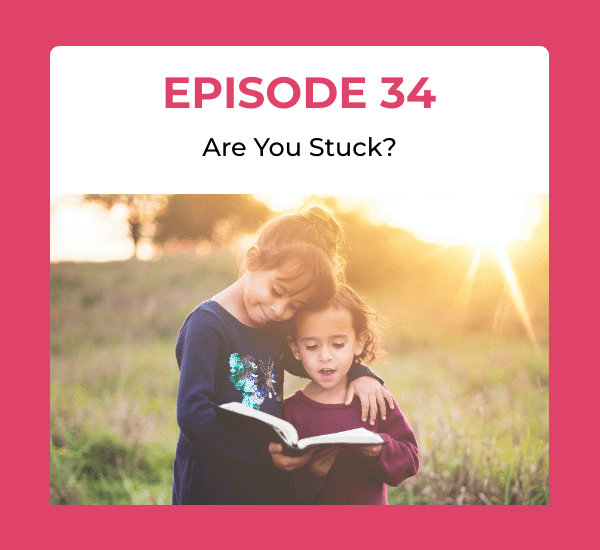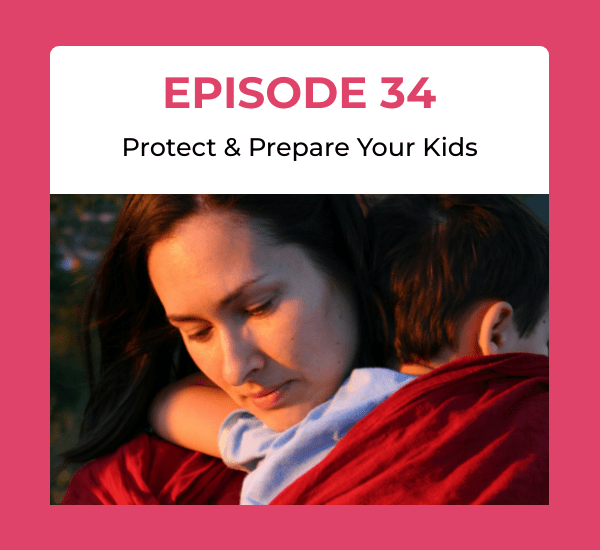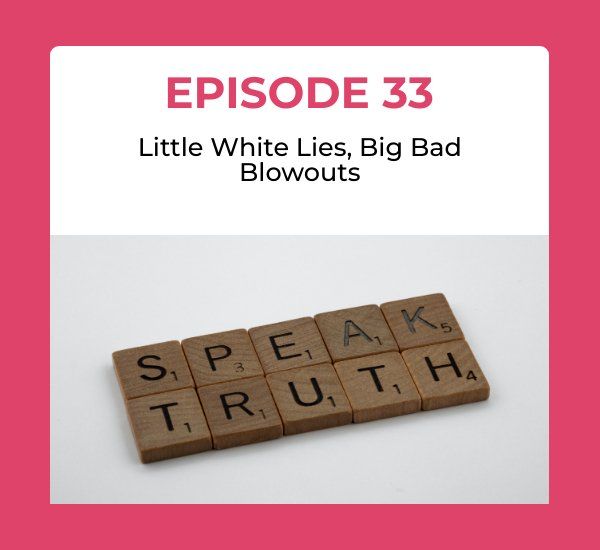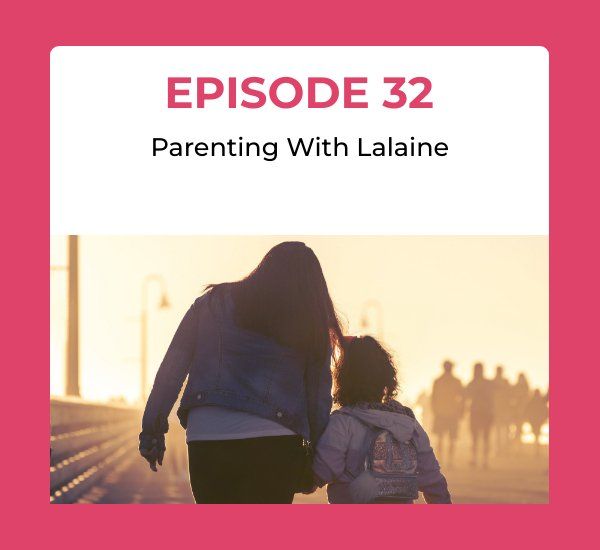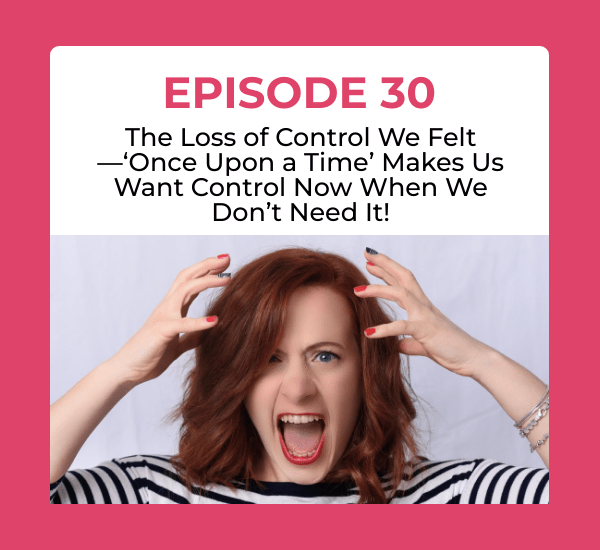Setting Clear Peaceful Boundaries
Suzi Kesler Lula, an expert in self-care, and an author on the subject, teaches these simple steps to setting boundaries:
1. Analyze your boundary setting style: mine is Godzilla! I even scare me. Once I did this process, I realized that I'm awfully demanding about my boundaries because I think they'll keep me safe, but they never have. That meant I had to change something. This process was it. Don't judge your style, just notice it. Notice if you set boundaries like they were set in your family of origin. Notice if they work.
2. Get really clear about your need. Sit quietly and ponder your issue before you set a boundary. If you are clear you will be able to be calm and sure about your boundary (imagine that!). This step is the key to making boundary-setting 'simple'. If you feel really solid, your boundary will be a good one.
3. Be prepared for the child to resist. They will (usually). They are testing their own boundaries. Get that one thing clear in your head, and you'll save yourself a lot of stress. Be prepared for them to push back. That single idea helps so much - be ready for the push-back. And, they may not push back; be pleasantly surprised and say nothing.
4. If the child resists, be open - have some space for that resistance while keeping calm. Don't skip this step. Be open in the moment of the push-back. That doesn't mean you change the boundary (unless more information comes to you that prompts a change).
5. If you aren't able to keep calm, you have some issue with your own boundary or inner beliefs, so back to the drawing board to see what might not be working with your boundary, or what you are believing that is causing the problem. Be willing to change it if changing it feels right. If you make a boundary out of fear that your child won't be successful, accepted or happy, you may want to sit with that and see what fears you have, notice they're not reasonable (fear never is), and re-evaluate the boundary.
6. If you make a boundary that doesn't work, tell the child you made a mistake and that you are still learning and growing, too.
7. In the heat of the moment, don't set a boundary, but, if you do, tell your child, "I need a moment", and take a minute of two to calm yourself and see if you can see clearly what needs to be done and if the boundary is reasonable.
'I need a moment' is an act of kindness because it stops the conditioned beliefs from taking over and creating the chaos you are trying to avoid.
When the going gets tough, tell your child that you are trying to figure out what's really best for everyone in the family. When you are able to come from that place, you will be more calm because that's really what you want, - the best for your family. It's okay to be bewildered about what's best for your children. That means you don't know, and that's the sign that you want to learn some truth about what's really best. Most people get lost in the bewilderment and revert to old patterns they learned in their family of origin. You can be different, and as soon as confusion arises, sit quietly and ask yourself what you really need to see about this situation.
Learn to give yourself some quiet time to set boundaries because that's what aids in setting a good boundary. Take as long as you need - several minutes - over a few days if necessary.
Practice these steps until you are as good at setting healthy, peace-making boundaries as you are at driving your car. Making, setting, keeping and changing boundaries will become second nature, not stressful and impossible.
Peaceful parenting...it's possible.
